
19th, 20th & 21st Century Fine Prints
707-546-7352 · fax 707-546-7924 · web: www.annexgalleries.com · email: artannex@aol.com
Stations of the Cross (suite of 14 etchings) by Dick Swift
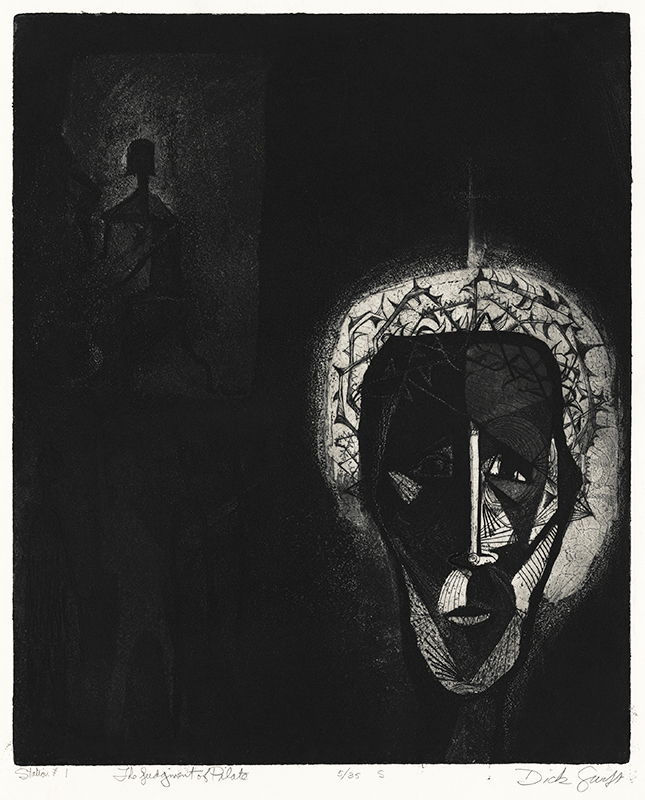

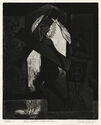
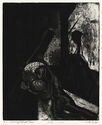
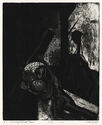
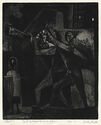
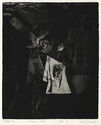
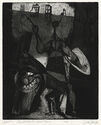
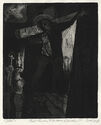
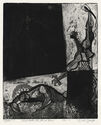
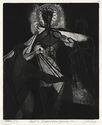
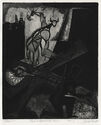


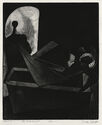
Stations of the Cross (suite of 14 etchings)
Dick Swift
Stations of the Cross (suite of 14 etchings)
Dick Swift
1918 - 2010 (biography)This suite was perhaps described best by the late Father Joseph Haller of Georgetown University for his 1999 exhibition:
"Dick Swift's fourteen intaglio prints of the Stations of the Cross produced in 1957 and 1958. They are called intaglios because the artist uses several different methods in working up their images on the copper plates from which they were printed, including etching, drypoint, soft ground, aquatint, etc., as needed to obtain their desired tonal and textural results. Swift has retold the timeless story of the Stations as a 20th century drama, replete with the references to the injustices and sufferings of its wars.
In viewing these prints note both the action taking place and the intaglio techniques and iconography used in creating them. In No.1, for example, Swift uses a heavy aquatint in the background where Pilate washes his hands to highlight Christ's expression of utter disbelief and chagrin over the spectacle. Note also Swift's recurring use of textiles pressed into the soft grounds applied to his copper plates to produce the visual sense of cloth, of vegetation growing in some of the foregrounds, and in the use of recurring geometric designs in a number of his backgrounds.
Moving on to Swift's iconography, he leaves no doubt as to when or where the unfolding drama of the Stations is taking place. Note the high rise buildings in Nos. 6, 7, and 11; the cut of Mary's dress in No. 4; and Veronica's silk stockings and high heels in No. 6, and again in No. 11.
With the action commencing in No. 2, Swift introduces his first two of several monstrous figures of evil, one on either side of Christ as they thrust the cross into his hands. The double horned figure of inhumanity on the left will reappear again horseback in Nos. 3 and 4; standing with spear in hand in No. 6; holding a whip over the fallen Christ in No. 7; and again on horseback in No. 9 as a cohort raises a whip as Christ falls for the third time. And finally, he appears again in No. 11, hammering the nail through Christ's right hand into the wood of the cross.
In that same No. 11, Swift introduces a new figure-death, as the uniformed rifle-toting soldier, swastika patch on shoulder, driving the nail through Christ's feet into the cross. In No. 12, still more figures appear-three prisoners behind a barbed wire enclosure on the left, and in the lower right, Picasso's bull is arriving by tank from Guernica to revel in the spectacle of the crucifixion."
Taken from the Georgetown University Library exhibition, Father Joseph Haller, Easter, 1999
10/4/23













